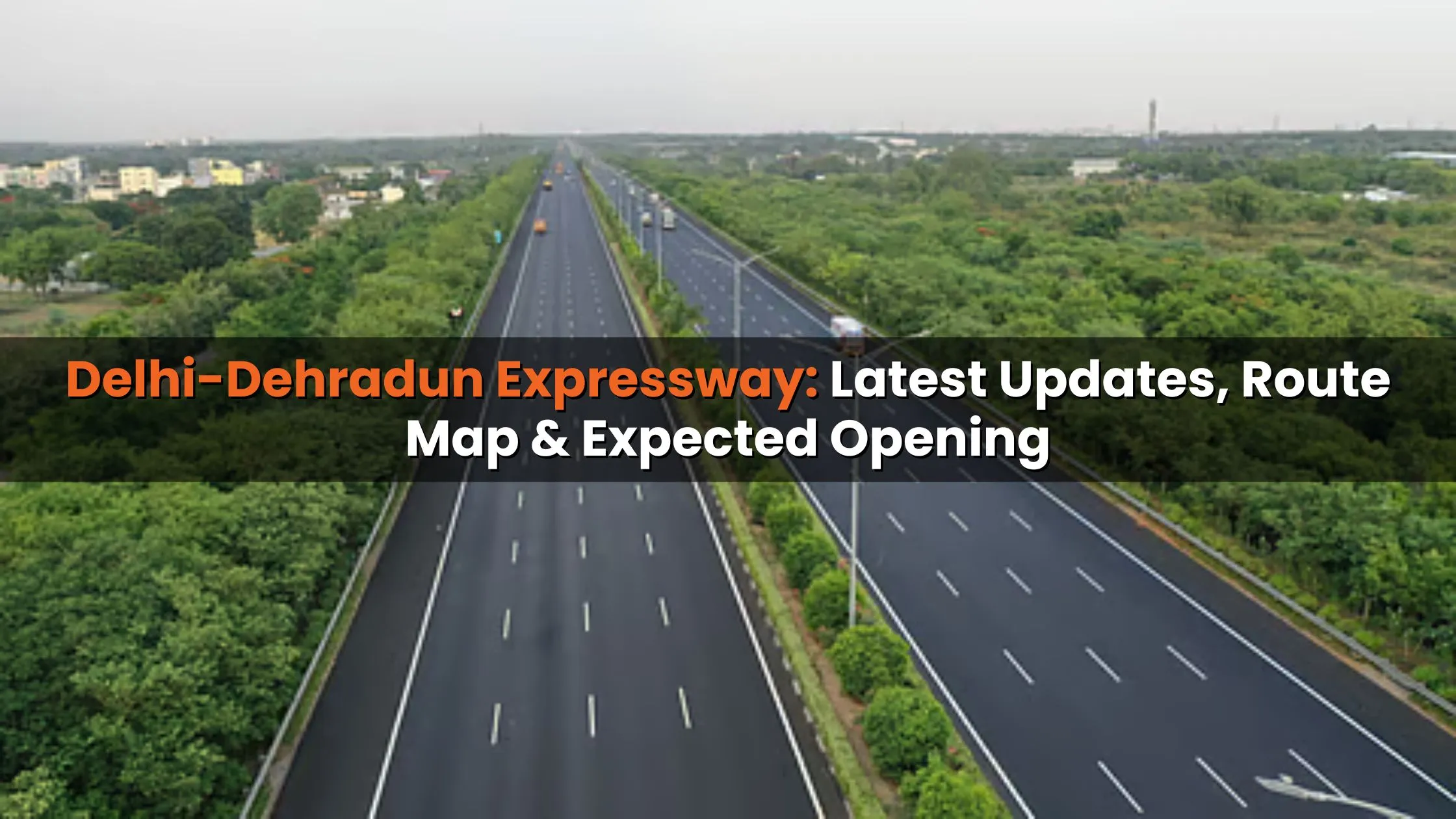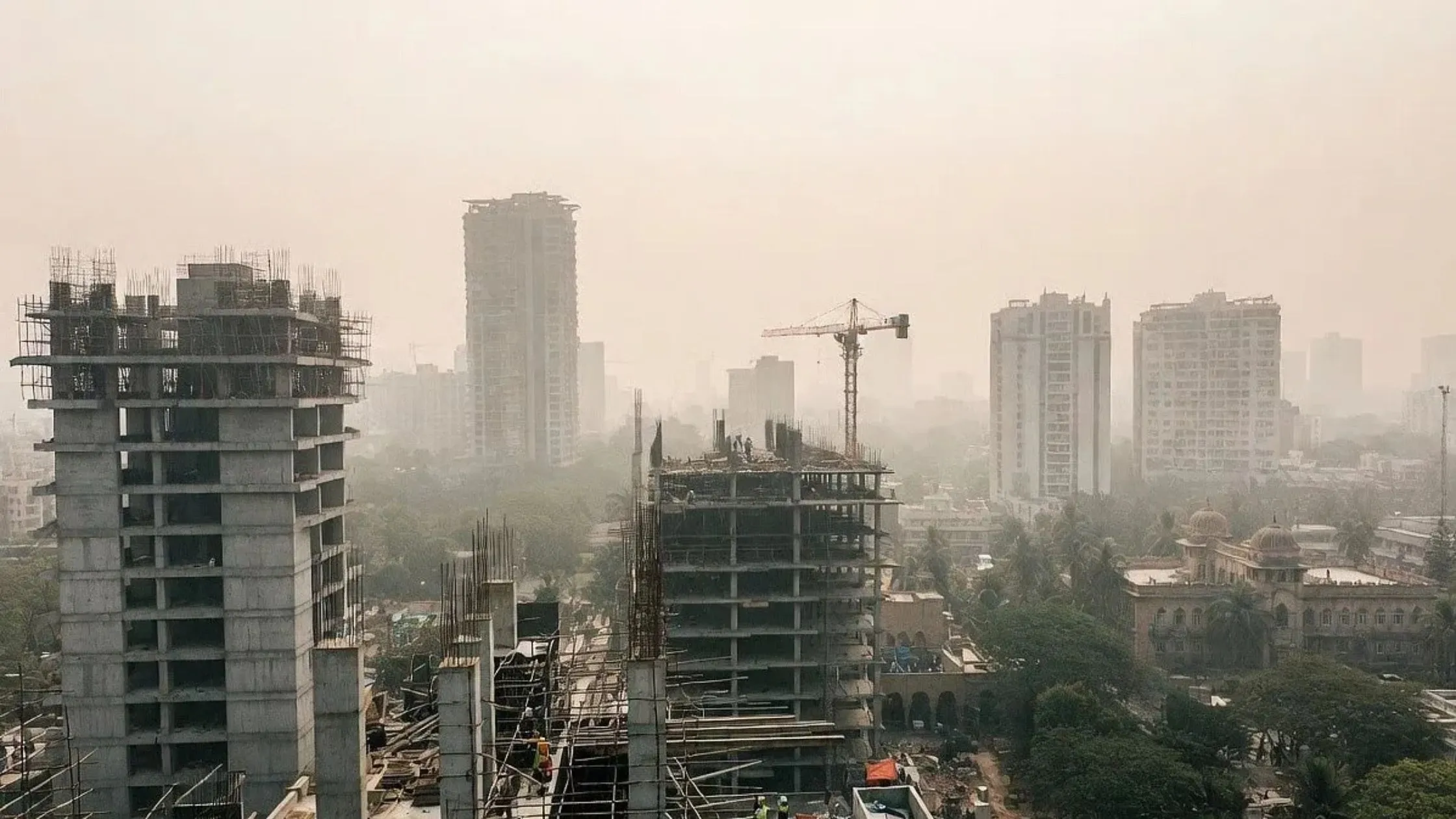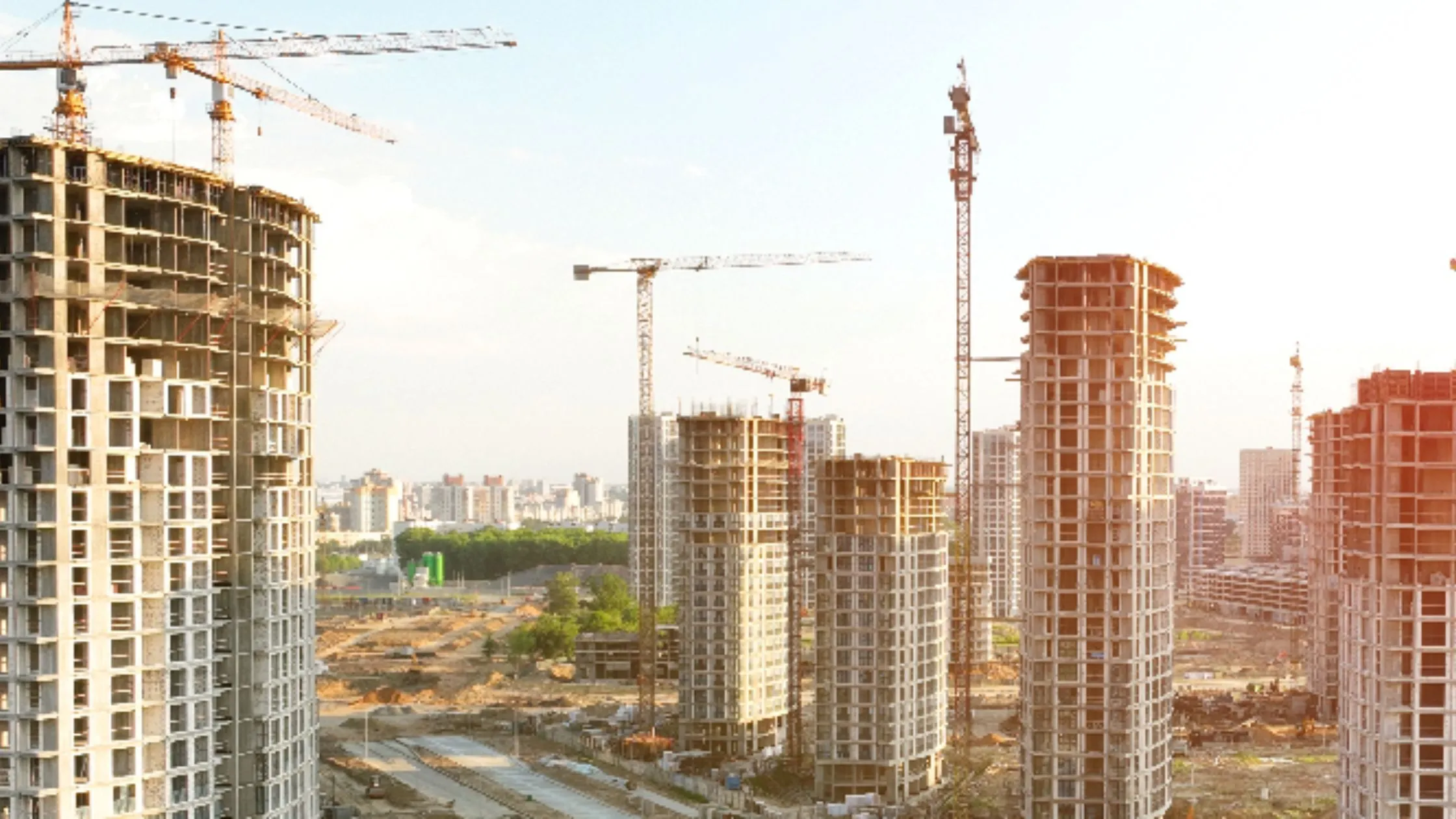Table of Content
- Key Facts About the Delhi-Dehradun Expressway
- Route Overview
- Phases of Construction
- Villages Along the Delhi-Dehradun Expressway
- Connectivity with Other Expressways
- Travel Time and Commuting Benefits
- Environmental and Wildlife Considerations
- Real Estate Impact
- Challenges and Construction Issues
- Timeline and Latest Updates
- Conclusion
The Delhi-Dehradun Expressway is one of the most significant infrastructure projects currently underway in northern India. Designed to connect the national capital with the hill city of Dehradun, this high-speed corridor is expected to revolutionize travel, trade, and tourism across three states: Delhi, Uttar Pradesh, and Uttarakhand.
Once fully operational by December 2025, the expressway will reduce travel time from the current five hours to just 2.5 hours. This drastic reduction in travel time is not only expected to make weekend trips to the hills more feasible but will also facilitate smoother logistics, better emergency access, and increased commercial activity along the route.
Key Facts About the Delhi-Dehradun Expressway
The Delhi-Dehradun Expressway stretches across a total of 210 km and connects multiple key districts and towns. Managed by the National Highways Authority of India (NHAI), the project is being executed under the EPC (Engineering, Procurement, and Construction) model, with an estimated budget of ₹13,000 crore.
Here are some essential facts:
- Total Length: 210 km
- Lane Configuration: 6 lanes in Phase I; 12 lanes in subsequent phases
- States Covered: Delhi, Uttar Pradesh, Uttarakhand
- Travel Time Reduction: From 5 hours to approximately 2.5 hours
- Project Model: EPC (Engineering, Procurement, and Construction)
- Expected Completion: December 2025
This expressway is not only about faster travel; it is a project aimed at economic growth, regional development, and eco-friendly infrastructure design.
Also Read: PM Modi Opens Dwarka Expressway & UER-II: Boost for NCR Housing, Commercial, Warehousing
Route Overview
The expressway passes through major districts such as Baghpat, Muzaffarnagar, Shamli, Saharanpur, and finally Dehradun. Its construction involves both greenfield stretches (built from scratch) and brownfield stretches (upgraded or widened existing roads). This combination ensures high-speed travel while minimizing land acquisition challenges.
The Delhi-Dehradun Expressway is divided into four key sections:
- Delhi to Eastern Peripheral Expressway (EPE): This 32 km stretch begins at Akshardham Temple and runs to the EPE intersection near Baghpat. It includes elevated segments to ensure smooth traffic flow, even in densely populated areas.
- EPE to Saharanpur: Spanning 118 km, this six-lane section connects multiple towns and villages, boosting regional economic activity and improving accessibility for smaller communities.
- Saharanpur to Rajaji National Park: A 40 km segment that connects Saharanpur to the southern entrance of Rajaji National Park. This section balances speed with ecological sensitivity.
- Rajaji National Park to Dehradun: The final 20 km stretch includes tunnels and wildlife overpasses, ensuring minimal disruption to the natural habitat while maintaining high-speed travel.
Phases of Construction
The Delhi-Dehradun Expressway is being executed in four main phases:
|
Phase |
Route |
Length |
Lanes |
Status |
|
I |
Akshardham to EPE Interchange |
32 km |
12 (6 Express + 6 Local) |
Under Construction |
|
II |
EPE to Saharanpur Bypass |
118 km |
6 |
Under Construction |
|
III |
Saharanpur to Ganeshpur |
40 km |
6 |
Under Construction |
|
IV |
Ganeshpur to Dehradun |
19.5 km |
4–6 |
Under Construction |
Each phase has been designed to optimize traffic flow, reduce congestion on existing roads, and ensure that environmental and wildlife considerations are maintained.
Villages Along the Delhi-Dehradun Expressway
The Delhi-Dehradun Expressway passes through several key villages, connecting local communities and boosting regional development. Highlighting some of the major villages along the route:
Baghpat District:
Katha, Pali, Kashmabad Urf Dudbha, Mukarampur, Acharaj Khera, Lohada, Hilwari, Alawalpur
Muzaffarnagar District:
Biral, Kamrudin Nagar, Fugana, Rajpur Chhajpur
Shamli District:
Kasampur, Khanpur, Khiyawadi, Kedi
Saharanpur District:
Baduli Naya Gaon, Halgoya Mushtakam, Nainsob Mushtakam, Jainpur Mushtakam, Rasoolpur Kheri Ahtmal
These villages are strategically positioned along the corridor, making them potential hubs for residential, commercial, and tourism-related development. For a full list of villages covered by the expressway, you can refer to the official NHAI website.
Connectivity with Other Expressways
The Delhi-Dehradun Expressway will integrate seamlessly with several existing and upcoming highways:
- Eastern Peripheral Expressway (EPE): Connecting Delhi with Baghpat, reducing traffic congestion in the national capital.
- Ambala-Shamli Expressway: Covering 121.7 km, this expressway will connect northern districts efficiently.
- Saharanpur-Haridwar Expressway: A 50 km six-lane corridor linking key tourist and industrial hubs.
This integration will create a modern, well-connected network, improving freight transport, daily commuting, and access to tourism hotspots across northern India.
Travel Time and Commuting Benefits
Currently, traveling between Delhi and Dehradun takes approximately five hours. With the Delhi-Dehradun Expressway, this travel time will be cut down to just 2.5 hours. Benefits for commuters and travelers include:
- Faster and more reliable travel between Delhi and Dehradun.
- Multiple access points and exit ramps to ensure smooth flow of local traffic.
- Alternative routes to tourist destinations such as Mussoorie, reducing bottlenecks during peak seasons.
This expressway is expected to handle 20,000–30,000 vehicles daily, significantly easing traffic on existing highways and providing a safer, high-speed corridor for commuters.
Environmental and Wildlife Considerations
A standout feature of the Delhi-Dehradun Expressway is Asia’s longest wildlife corridor, spanning 14 km through Rajaji National Park. Key design elements include:
- Elevated roadways and tunnels for safe wildlife passage
- Over 110 underpasses and several bridges for animals
- Careful planning to avoid disrupting natural habitats
While some environmental impact is inevitable, including deforestation and temporary air and noise pollution, NHAI has implemented measures to mitigate these effects, making the expressway a model for eco-sensitive infrastructure projects.
Real Estate Impact
The expressway is expected to create substantial real estate opportunities along its corridor:
- Residential Developments: New housing projects, gated communities, and apartments near key access points.
- Commercial Infrastructure: Retail spaces, IT parks, office complexes, and hospitality projects.
- Tourism-Driven Growth: Easier access to Dehradun, Mussoorie, and nearby hill stations will boost hotels, resorts, and entertainment facilities.
Property values along the expressway are anticipated to rise in the coming years, making this corridor an attractive option for investors and developers alike.
Challenges and Construction Issues
Despite progress, the project has faced several challenges:
- Delays due to land acquisition disputes and litigation.
- Environmental concerns, especially tree felling in eco-sensitive zones.
- Construction quality issues in some sections, leading to minor delays.
NHAI continues to address these challenges proactively, ensuring timely completion while complying with environmental and safety regulations.
Also Read: Shaktipeeth Expressway: Nagpur-Goa Route, Timeline & Essential Facts
Timeline and Latest Updates
- Feb 2020: Project approved by the central government.
- Dec 2021: Foundation stone laid by PM Narendra Modi.
- Aug 2022: Completion of Rajaji National Park stretch.
- March–July 2025: Partial sections opened for public use.
- Expected Completion: December 2025.
Several stretches are already operational, allowing commuters and freight operators to benefit from the expressway ahead of full completion.
Conclusion
The Delhi-Dehradun Expressway is poised to be a game-changer for northern India. It promises faster travel, enhanced connectivity, and economic growth along the corridor. Additionally, with Asia’s longest wildlife corridor and eco-sensitive design features, it represents a balance between development and environmental preservation.
Investors and homebuyers along the route are likely to see rising property values, making it a strategic choice for long-term investments. For commuters, businesses, and tourists alike, the Delhi-Dehradun Expressway will soon offer a modern, safe, and efficient travel experience.




_1766473246.webp)


Ans 1. The Delhi-Dehradun Expressway is a 210 km high-speed corridor connecting Delhi with Dehradun, passing through Uttar Pradesh and Uttarakhand. It aims to cut travel time from about five hours to just 2.5 hours while boosting trade, tourism, and regional development.
Ans 2. The entire project is expected to be completed by December 2025, though some sections are planned to open for public use between March and July 2025.
Ans 3. It has six to twelve lanes depending on the phase, eco-friendly design including Asia’s longest wildlife corridor, multiple elevated sections, and modern connectivity with other expressways. The estimated cost is ₹13,000 crore.
Ans 4. The expressway starts at Akshardham in Delhi, passes through districts like Baghpat, Muzaffarnagar, Shamli, Saharanpur, and ends at Dehradun. It includes greenfield and brownfield stretches for smoother travel.
Ans 5. Travel time will be halved, alternative routes to Mussoorie and nearby hill stations will ease congestion, and multiple entry and exit points will improve local connectivity. It is expected to handle 20,000–30,000 vehicles daily.
Ans 6. The project includes tunnels and overpasses for wildlife, elevated sections through Rajaji National Park, and over 110 animal underpasses, making it a model for eco-sensitive infrastructure.
Ans 7. Property values near access points are expected to rise due to improved connectivity. The expressway is likely to attract residential projects, commercial developments, hotels, and tourism-related businesses.
Ans 8. It has seen delays from land acquisition disputes, environmental clearances, and some construction quality issues, though NHAI is addressing these to stay on track for the 2025 deadline.